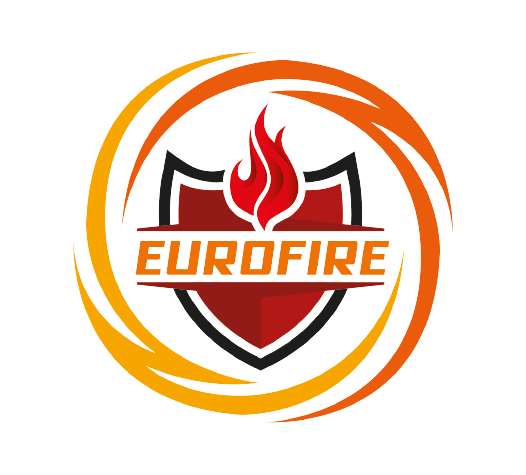FIRE FIGHTING PUMPS
FIRE FIGHTING PUMPS
Fire Pumps
Fire pumps may be powered either by an electric motor or a diesel engine, or, occasionally a steam turbine. If the local building code requires power independent of the local electric power grid, a pump using an electric motor may utilize, when connected via a listed transfer switch, the installation of an emergency generator. The fire pump starts when the pressure in the fire sprinkler system drops below a threshold. The sprinkler system pressure drops significantly when one or more fire sprinklers are
exposed to heat above their design temperature, and opens, releasing water: Alternately, other fire hoses reels or other firefighting connections are opened, causing a pressure drop in the firefighting main. Types of pumps used for fire service include: horizontal split case, vertical split case, vertical inline, vertical turbine, and end suction.


Jockey Pump
A jockey pump is a small pump connected to a fire sprinkler system and is intended to maintain pressure in a fire protection piping system to an artificially high level so that the operation of a single fire sprinkler will cause a pressure drop which will be sensed by the fire pump automatic controller, causing the fire pump to start. The jockey pump is essentially a portion of the fire pump’s control system.
Gas Separation System
FM200 System
FM200 fire suppression is also known as HFC227ea. FM2O is a waterless fire protection system, it is discharged into the risk within 10 seconds and suppresses the fire immediately. The main advantage of FM2OO fire suppression is the small amount of agent required to suppress a fire. This means fewer cylinders, therefore less wasted space for storage of FM200 cylinders. FM2O0 systems reach extinguishing levels in 10 seconds or less, stopping ordinary combustible, electrical, and flammable liquid fires before they cause significant damage. FM200 extinguishes the fire quickly, which means less damage, lower repair costs. Like any other fire suppression system, FM2OO systems are designed with an extra margin of safety for people. Refilling FM20O is simple and cost effective, therefore, it also means less downtime and disruption to your business
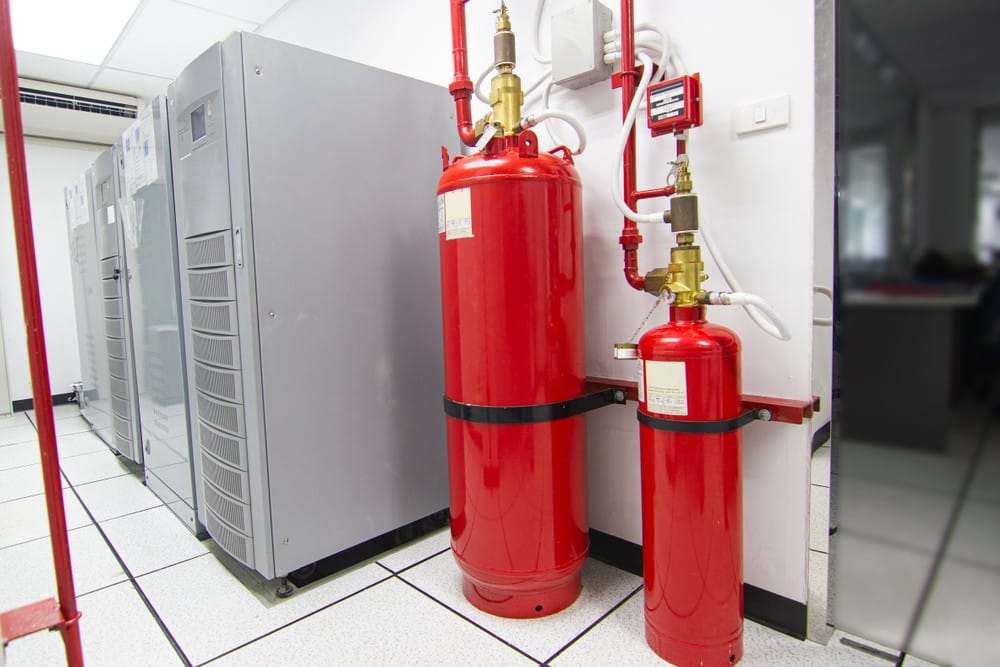

Foam System
Fire suppression foam is comprised of three parts: foam concentrate, water, and air. When mixed correctly, these parts form a homogeneous foam blanket that extinguishes flames by the combined mechanisms of cooling, separating the flame source from the product surface, suppressing Vapors, and smothering. This makes foam suppression systems an effective option for protecting flammable and combustible liquids.
RE-HEALING™ Foam
An innovation in firefighting foam, RE-HEALING™ foam concentrates are flour surfactant and fluoropolymer-free products. Formulated using high performance synthetic foam concentrate technology, RE-HEALING™ foam is designed to replace traditional AFFF and AR-AFFF foam concentrates and Fluor-Protein foams

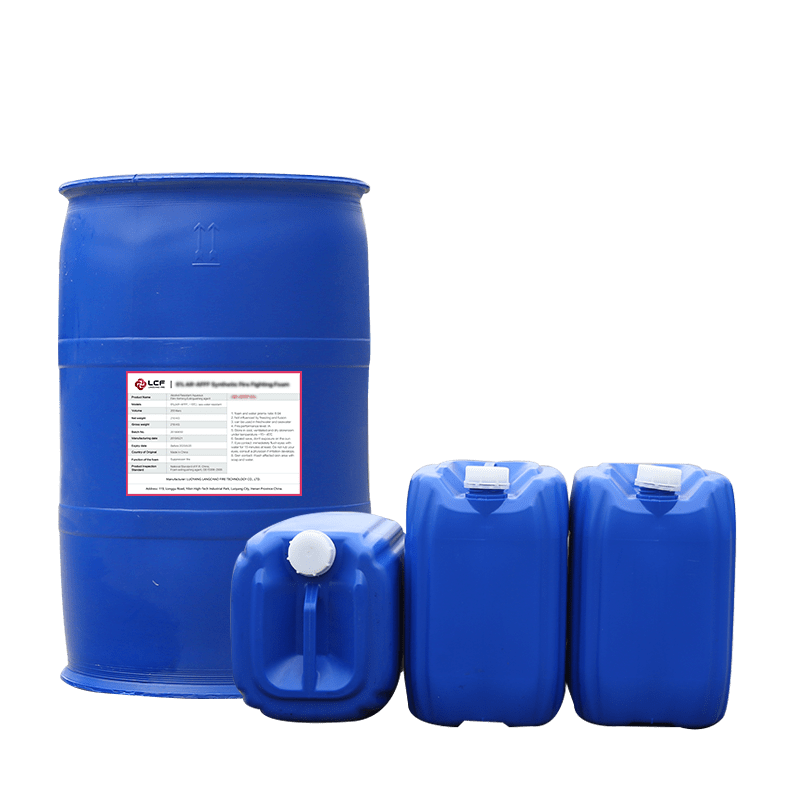
ARCTIC™ Foam
Aqueous Film Forming Foam (AFFF) and Aqueous Film Forming Foam-Alcohol Type Concentrate (AFFF/ATC”) concentrates for Class B Fires. The ARCTIC™ foam concentrates contain no PFOS and are formulates with safety and performance in mind.
FIRE BREAK™ Foam
FIRE-BREAK™ foam concentrate makes “water wetter”, providing faster water penetration into the flammable substrate and controlled foam expansion for maximum Class A extinguishing performance. It is also an essential water management tool. With
the proper hardware and FIRE-BRAKE™ foam concentrate, a water supply can be expanded by at least 10 times its volume.
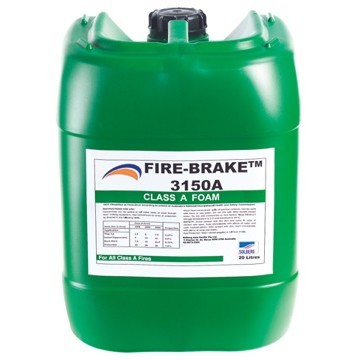

Wet Chemical System
The cooking grease that deposits itself on everything around including stoves, gas tops, ovens, equipment and walls can easily ignite. Most fires that occur in kitchens take place because of electrical faults. A lose wire from a cooking equipment or a shot circuit from over drawing power can be enough to cause a fire. Therefore, commercial kitchens require a foolproof fire protection system in activation at all times. A fire will permanently damage the business in terms of its reputation. Most restaurants that suffer a fire breakout either never make it back into business or find it impossible to cope with the lost time, cost and insurance liabilities. Because kitchen fires are mostly caused due to Class D or K fires (combustible metals or cooking oils and fats, respectively), fire extinguishers fitted into the protection system contain wet chemical agents
Deluge System
“Deluge” systems in which all sprinklers connected to the water piping system is open, in that the heat sensing operating element is removed, or specifically designed as such. These systems are used for special hazards where rapid fire spread is a concern, as they provide a simultaneous application of water over the entire hazard. They are sometimes installed in personnel egress paths or building openings to slow travel of fire [e.g., openings in a fire-rated wall).
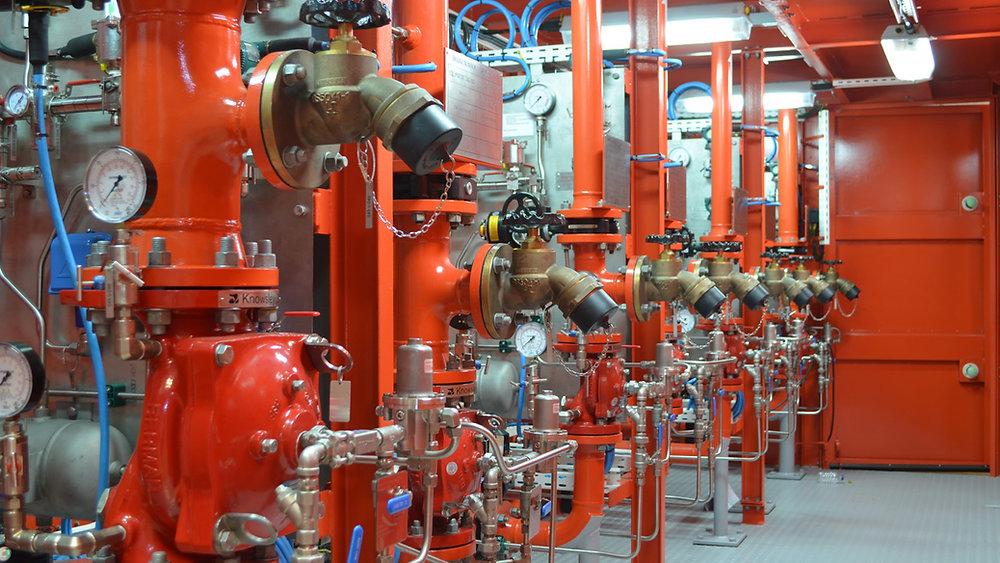
Valves
Gate Valve
Mainly for on/off control, with low pressure drop. Gate valves are primarily designed to start or stop flow, and when a straight-line flow of fluid and minimum flow restriction is needed. In service, these valves generally are either fully open or fully closed. The disk of a Gate valve is completely removed when the valve is fully open; the disk is fully drawn up into the valve Bonnet. This leaves an opening for flow through the valve at the same inside diameter as the pipe system in which the valve is installed. A Gate valve can be used for a wide range of liquids and provides a tight seal when closed.


Butterfly Valves
Butterfly valve used for isolating or regulating flow. The closing mechanism takes the form of a disk. Operation is similar to that of a ball valve, which allows for quick shut off. Butterfly valves are generally favored because they are lower in cost to other valve designs as well as being lighter in weight, meaning less support is required. The disc is positioned in the center of the pipe, passing through the disc is a rod connected to an actuator on the outside of the valve. Rotating the actuator turns the disc either parallel
or perpendicular to the flow. Unlike a ball valve, the disc is always present within the flow, therefore a pressure drop is always induced in the flow, regardless of valve position.
Alarm Check Valve
The alarm check valve is a water flow alarm device designed for vertical installation in the main supply to a wet pipe sprinkler system. When a flow of water from the system equals or exceeds that of a single sprinkler the valve is to actuate a fire alarm. It is designed to hold back water pressure in the piping system until the sprinkler is activated, to be used in wet pipe sprinkler installations in buildings not subjected to freezing temperatures. Alarm valve includes trim packages valves, Gauges, Pressure Switch, Fittings and Nipples to provide Retard Chamber connection, Drain Connections and Alarm test by pass.


Zone Control Valve
Zone Control Valve is a system designed to separate the area in case of maintenance and to get the indication of fire zone on a combination of Butterfly valve, Flow Switch, Pressure Gauge and Test and Drain Valves. A floor or zone control valve closes off all flow into or out of the fixed system zone it controls. They would be used for maintenance, to shut off a system that has tripped, or avoiding flow if an open head system. Since all flow is stopped, including fire suppression flows, the valves must be inspected regularly and monitored. In a large structure the valves would have tamper switches to make life easier on the monitors. The use of an OS and Y valve, mounted where easily seen would also be useful.
Non-Return Valve
A non-return valve or one-way valve is that normally allows fluid (liquid or gas] to flow through it in only one direction. Check valves are two-port valves, meaning they have two openings in the body, one for fluid to enter and the other for fluid to leave. An important concept in check valves is the cracking pressure which is the minimum upstream pressure at which the valve will operate. Typically, the check valve is designed for and can therefore be specified for a specific cracking pressure. Check valves work automatically and most are not controlled by a person or any external control; accordingly, most do not have any valve handle or system. The bodies [(external shells) of most check valves are made of plastic or metal.


Pipes and Fittings
Pipe fitting is the occupation of installing or repairing piping or tubing systems that convey liquid, gas, and occasionally solid materials. This work involves selecting and preparing pipe or tubing, joining it together by various means, and the location and repair of leaks. Pipe fitting work is done in many different trades: oil and gas, firefighting. Plumbing, HVAC, manufacturing. fire prevention, and many others. Fitters work with a variety of pipe and tubing materials including several types of plastic, copper, steel, iron, aluminum, clay, and Lead. HDPE Piping is performed in two ways i.e., Heat Fusion and Electro Fusion.
Heat Fusion
Heat fusion (sometimes called heat welding. butt welding or simply fusion) is a welding process used to join two different pieces of a thermoplastic. This process involves heating both pieces simultaneously and pressing them together. The two pieces then cool together and form a permanent bond. When done properly, the two pieces become indistinguishable from each other. Dissimilar plastics can result in improper bonding. This process is commonly used in plastic pressure pipe systems to join a pipe and fitting together, or to join a length of pipe directly to another length of pipe. Generally, polyolefin (such as polypropylene, polyethylene, and polybutylene) are used for these applications. Butt welding is usually performed using one of several methods.
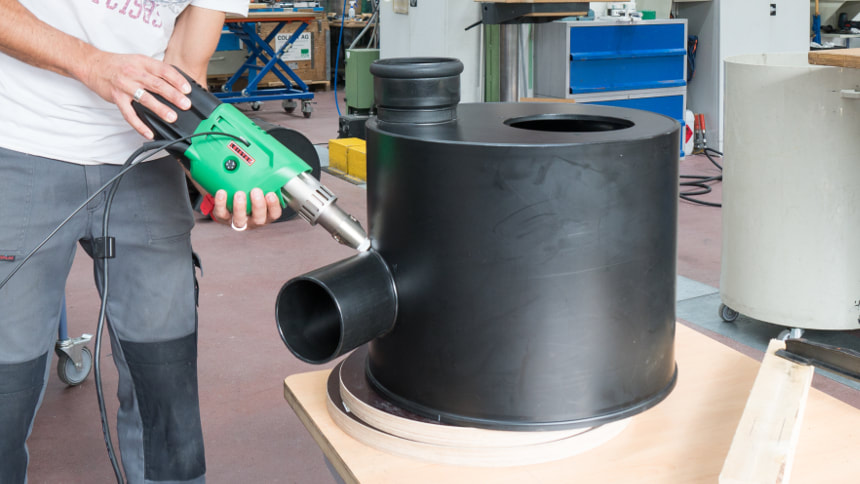

Electro Fusion
Electro fusion is a method of joining MDPE, HDPE and other plastic pipes using special fittings that have built-in electric heating elements which are used towel the joint together. The pipes to be joined are cleaned, inserted into the electro fusion fitting [(with a temporary clamp if required) and a voltage [typically 40V) is applied for a fixed time depending on the fitting in use. The built-in heater coils then melt the inside of the fitting and the outside of the pipe wall, which weld together producing a very strong homogeneous joint. The assembly is then left to cool for a specified time
Fire Hydrant
Fire Hydrant is an Exterior Valve Connection to water supply that provides one or more hose connections. As a system it is a water supply piping network system having one or more outlets and that is used to supply hose and fire department pumpers with water on private hydrants are supplied by a private service main that begins at the point of service, usually at a manually operated valve near the property line. Fire Hydrant system can also be a Fire Hydrants distributed through piping network with permanent water tank and pumps for the pressurized water supply which is normally a requirement for private property protection without public water system


Portable Fire Extinguishers
A fire extinguisher is an active fire protection device used to extinguish or control small fires, often in emergency situations. It is not intended for use on an out-of-control fire, such as one which has reached the ceiling, endangers the user (i.e., no escape route, smoke, explosion hazard, etc.)], or otherwise requires the expertise of a fire department. Typically, a fire extinguisher consists of a hand-held cylindrical pressure vessel containing an agent which can be discharged to extinguish a fire.
Fire Blanket
Fire blankets are often more effective for most people than a fire extinguisher when faced with a fire. Fire blankets deprive a small fire of oxygen by smothering it. In order to do this, fire blankets are made from fire resistant materials, such as wool or fiberglass. A fire blanket can be used for a couple of different applications.
The first way is to smoother the fire by cutting of the oxygen necessary for it to keep burning. The material the fire blanket is made of is important as the blanket must be durable and can’t burn. This would not allow the oxygen to transfer to the fuel which would keep the fire burning. Absent this airflow, the fire will simply be smothered in a short amount of time. The blanket will need to remain in place until the fire surface area has completely cooled to prevent the fire from reigniting

Hose Reel and Landing Valve
Hose Reel
Hose Reel is a cylindrical spindle made of either metal, fiber glass, or plastic and is used for storing a hose, The most common styles of hose reels are spring driven (which is self-retracting), hand crank, or motor driven. Hose reels are categorized by the diameter and length of the hose they hold, the pressure rating and the rewind method. Hose reels can either be fixed in a permanent location, or portable and attached to a truck, trailer, or cart.


Landing Valve
Globe Valves that are installed on hydrants, a branch and hose is connected to a coupling on it.
Breeching Inlet
Breeching inlets are suitable for installation on dry risers only, in a building for firefighting purposes, fitted with inlet connection at fire brigade access level and outlet connection at specified points, which is normally dry but capable of being charged with water by pumping from the service appliances. The Breeching inlets are manufactured to comply BS 5041 Part-3: 1975 standard comprising of Male Instantaneous connections complying with BS 336:1989, drain valves PN16 rated and non-return valves.
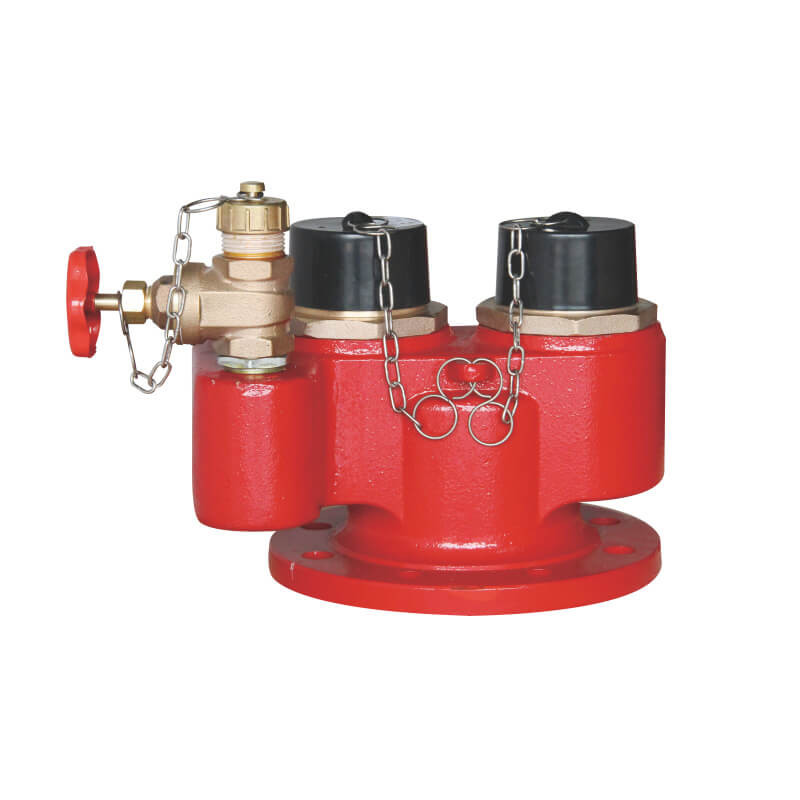

Sprinklers System (Automatic Sprinkler System)
Each closed-head sprinkler is held closed by either a heat-sensitive glass bulb or a two-part metal link held together with fusible alloy. The glass bulb or link applies pressure to a pip cap which acts as a plug which prevents water from flowing until the ambient temperature around the sprinkler reaches the design activation temperature of the individual sprinkler head. In a standard wet-pipe sprinkler system, each sprinkler activates independently when the predetermined heat level is reached. Because of this, the number of sprinklers that operate is limited to only those near the fire [in reality, normally one or two will activate), thereby maximizing the available water pressure over the point of fire origin

